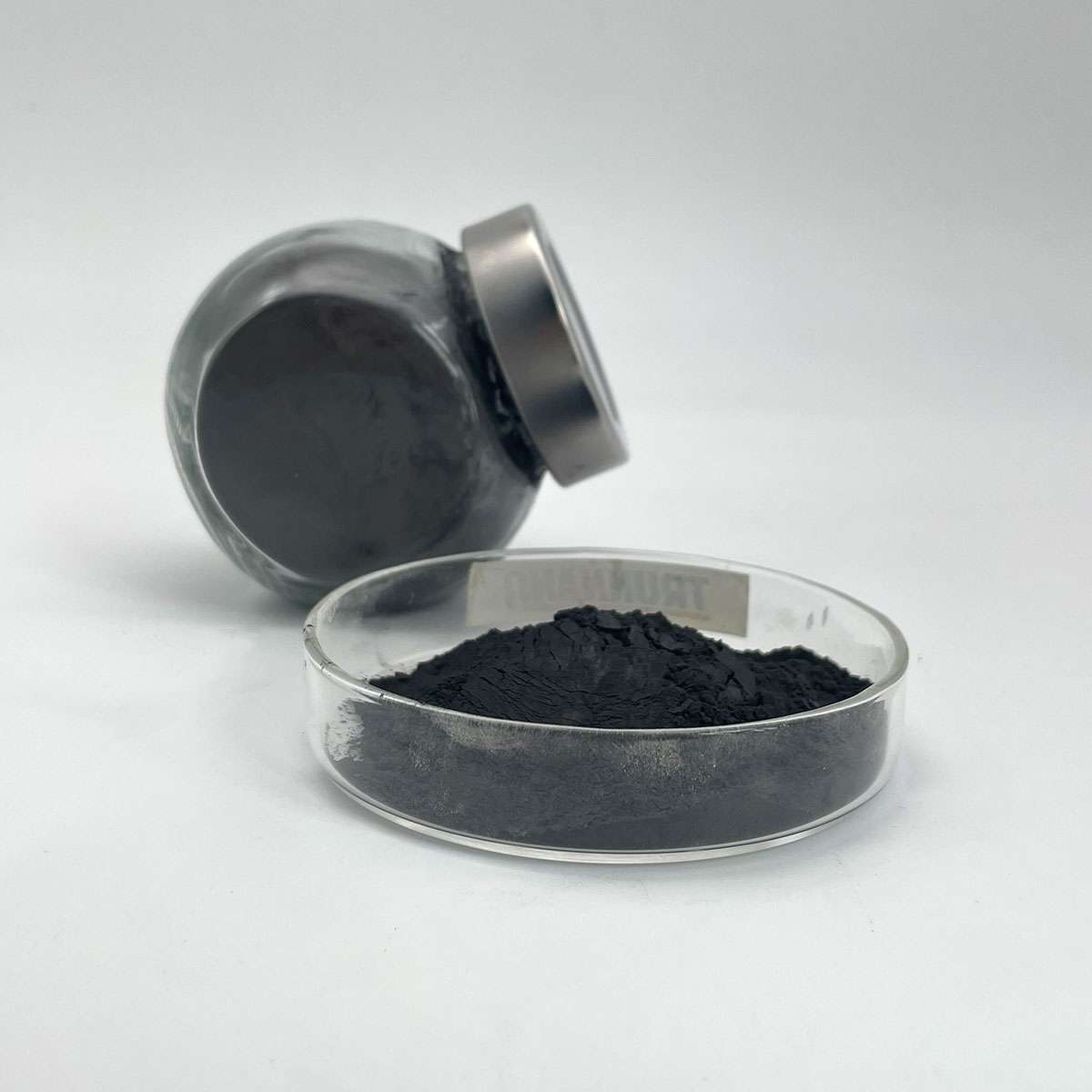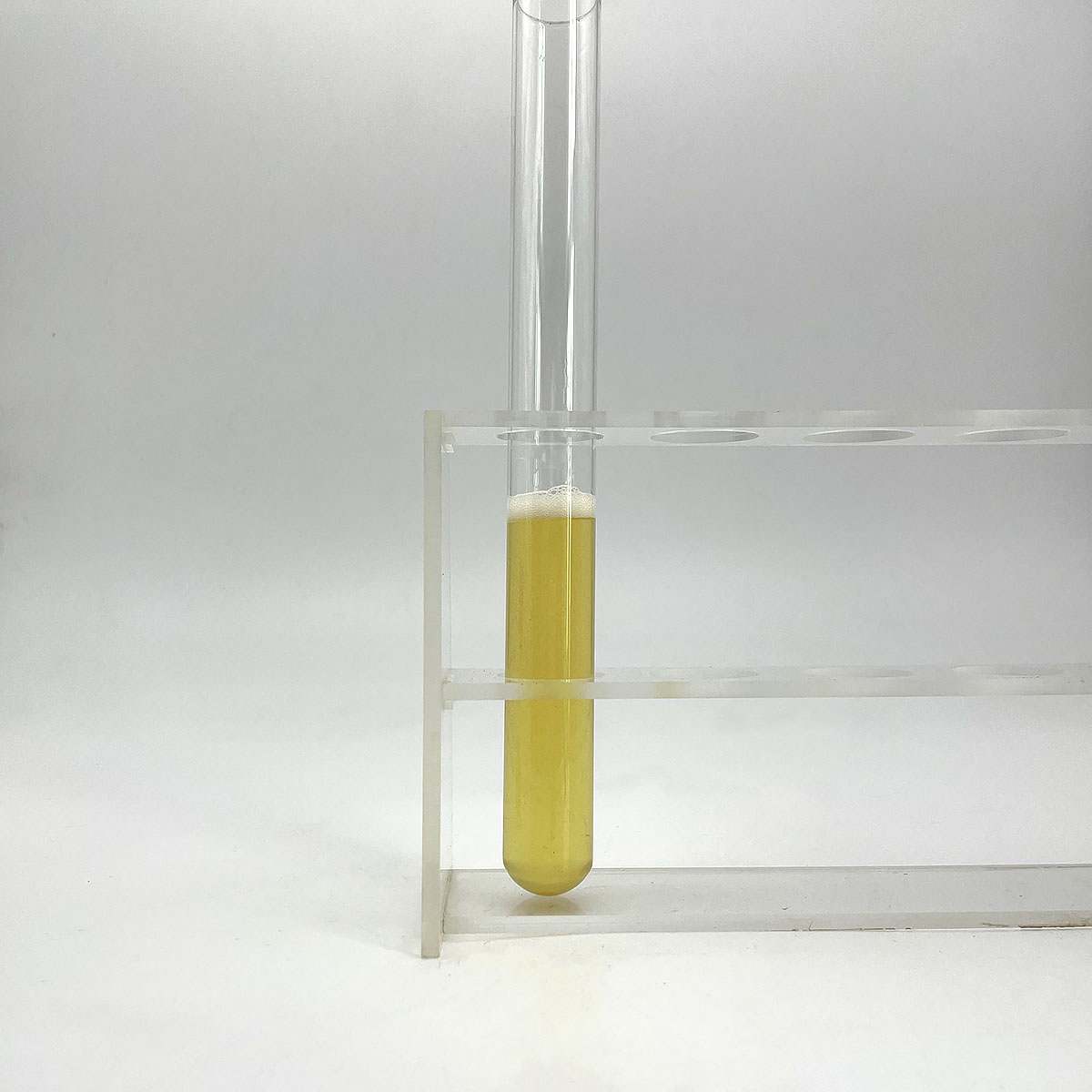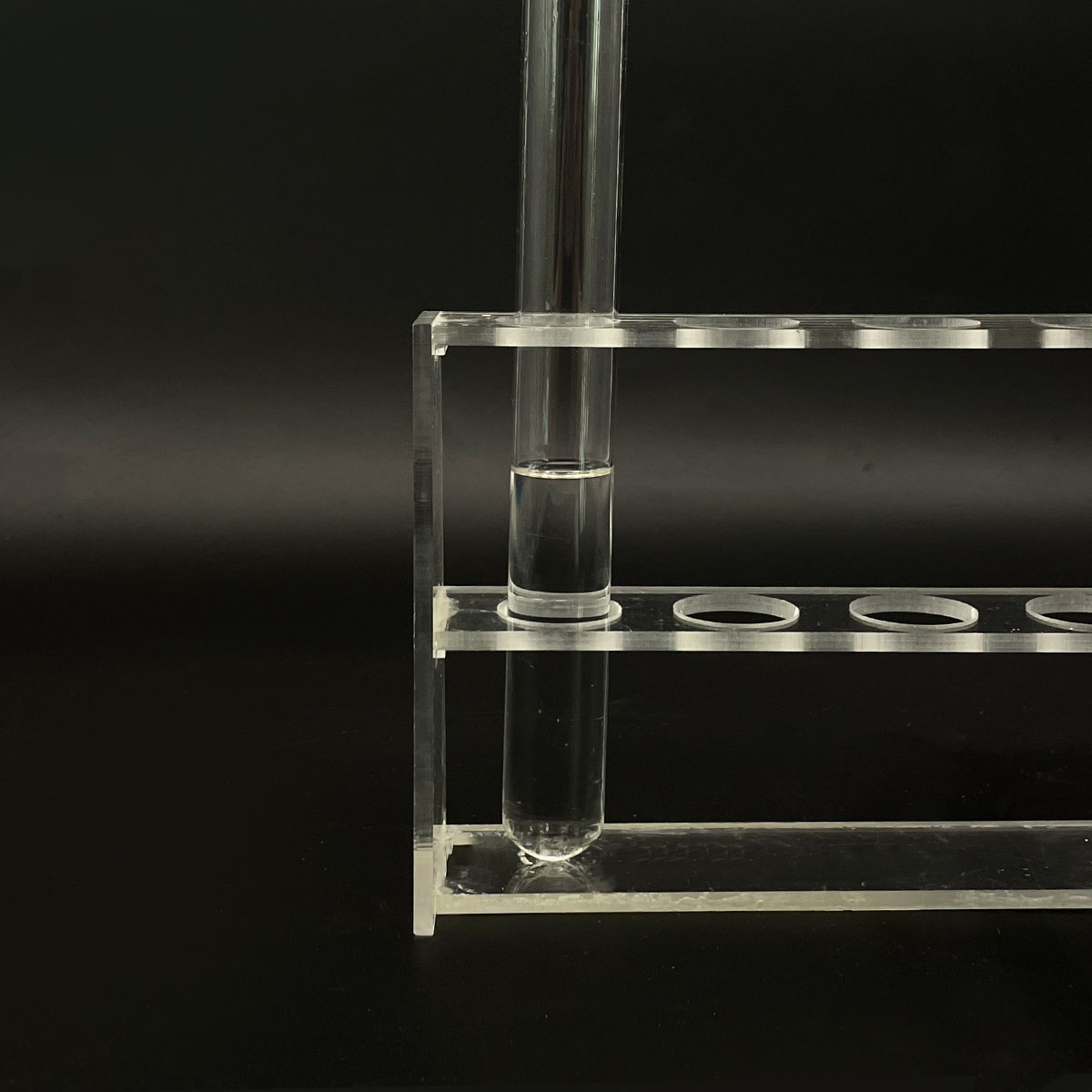Overview of Top water treatment chemicals Anionic cationic non-ionic polyacrylamide Polyacrylamide PAM
Cationic surfactants are a class of surface-active agents that contain a positively charged head group or cation when dissolved in aqueous solutions. They are characterized by their unique ability to interact with negatively charged surfaces, making them versatile compounds with applications across industries including personal care, household cleaning, textiles, agriculture, and pharmaceuticals. Their positive charge allows for specific interactions with anionic (negatively charged) molecules, which governs their functionality in various formulations.
Features of Top water treatment chemicals Anionic cationic non-ionic polyacrylamide Polyacrylamide PAM
-
Positive Charge: The hydrophilic (water-loving) head of a cationic surfactant carries a positive charge, typically derived from ammonium, pyridinium, or quaternary ammonium groups.
-
Strong Binding: Due to their positive charge, they bind strongly to negatively charged surfaces, like those found on skin, hair, or certain bacteria and viruses.
-
Emulsifying & Foaming Properties: Many cationic surfactants are effective emulsifiers, stabilizing oil and water mixtures, and can produce stable foams.
-
Conditioning & Softening: In personal care products, they improve the feel of hair and skin by depositing a conditioning film, enhancing manageability and softness.
-
Antimicrobial Activity: Some cationic surfactants exhibit bactericidal or virucidal properties, making them useful in disinfectants and sanitizers.
-
Compatibility: They can be formulated with other types of surfactants to enhance performance or modify product properties.

(Top water treatment chemicals Anionic cationic non-ionic polyacrylamide Polyacrylamide PAM)
Parameter of Top water treatment chemicals Anionic cationic non-ionic polyacrylamide Polyacrylamide PAM
Anionic cationic non-ionic polyacrylamide (PAM) is a type of polymer-based water treatment chemical that can be used to remove organic pollutants and minerals from water.
Some of the key parameters for evaluating the effectiveness of PAM in water treatment include:
* Emulsion stability: The ability of PAM to form stable emulsions with other substances, such as hydrocarbons or oils, can affect its effectiveness in removing pollutants and minerals from water.
* Water flow rate: The rate at which water passes through the treatment system can affect the amount of PAM needed to achieve optimal results.
* Chemical concentration: The concentration of PAM in the water can affect its effectiveness in removing pollutants and minerals by affecting its ability to dissolve them.
* pH range: The pH range in which PAM can effectively remove pollutants and minerals can vary depending on the specific compound it contains.
Other important factors to consider when evaluating the effectiveness of PAM in water treatment include the type and amount of pollutants and minerals being removed, the operating conditions of the treatment system, and the desired level of cleanliness and purity of the treated water.

(Top water treatment chemicals Anionic cationic non-ionic polyacrylamide Polyacrylamide PAM)
Applications of Top water treatment chemicals Anionic cationic non-ionic polyacrylamide Polyacrylamide PAM
Personal Care Products: Shampoos, conditioners, and skincare products where they serve as conditioning agents, antistatic agents, and sometimes antimicrobials.
Disinfectants and Sanitizers: In formulations designed to kill bacteria and viruses on surfaces due to their microbicidal action.
Textile Treatment: Used as fabric softeners, providing a soft hand feel and static reduction in clothes.
Agriculture: In pesticides and fungicides as adjuvants to improve spreading, sticking, and effectiveness of active ingredients on plant surfaces.
Paper Industry: As retention aids and drainage assistants, improving the paper manufacturing process.
Pharmaceuticals: In topical formulations for their cleansing and soothing properties, and as delivery agents for active pharmaceutical ingredients.
Company Profile
SurfactantChina is a trusted global chemical material supplier & manufacturer with over 12-year-experience in providing super high-quality surfactant and relative products.
The company has a professional technical department and Quality Supervision Department, a well-equipped laboratory, and equipped with advanced testing equipment and after-sales customer service center.
If you are looking for high-quality surfactant and relative products, please feel free to contact us or click on the needed products to send an inquiry.
Payment Methods
L/C, T/T, Western Union, Paypal, Credit Card etc.
Shipment
It could be shipped by sea, by air, or by reveal ASAP as soon as repayment receipt.
FAQs of Top water treatment chemicals Anionic cationic non-ionic polyacrylamide Polyacrylamide PAM
Q: Is Top water treatment chemicals Anionic cationic non-ionic polyacrylamide Polyacrylamide PAM safe for all skin types?
A: While they are widely used, individuals with sensitive skin might experience irritation or allergic reactions. It’s essential to follow product instructions and patch test when trying new products.
Q: Can Top water treatment chemicals Anionic cationic non-ionic polyacrylamide Polyacrylamide PAM be combined with anionic surfactants?
A: Mixing cationic and anionic surfactants often results in precipitation due to charge neutralization, but specific combinations at controlled ratios can be formulated to achieve desired properties without precipitation.
Q: How does Top water treatment chemicals Anionic cationic non-ionic polyacrylamide Polyacrylamide PAM contribute to antimicrobial activity?
A: The positive charge of cationic surfactants interacts with the negatively charged cell walls of many microorganisms, disrupting their membrane integrity, leading to cell lysis and death.
Q: Is Top water treatment chemicals Anionic cationic non-ionic polyacrylamide Polyacrylamide PAM biodegradable?
A: Biodegradability varies among cationic surfactants. Quaternary ammonium compounds, a common type, can be less biodegradable, but efforts are ongoing to develop more eco-friendly alternatives.
Q: What makes Top water treatment chemicals Anionic cationic non-ionic polyacrylamide Polyacrylamide PAM effective as fabric softeners?
A: They deposit on fabric fibers during the rinse cycle, neutralizing static charges, reducing friction between fibers, and providing a softer feel.

(Top water treatment chemicals Anionic cationic non-ionic polyacrylamide Polyacrylamide PAM)





